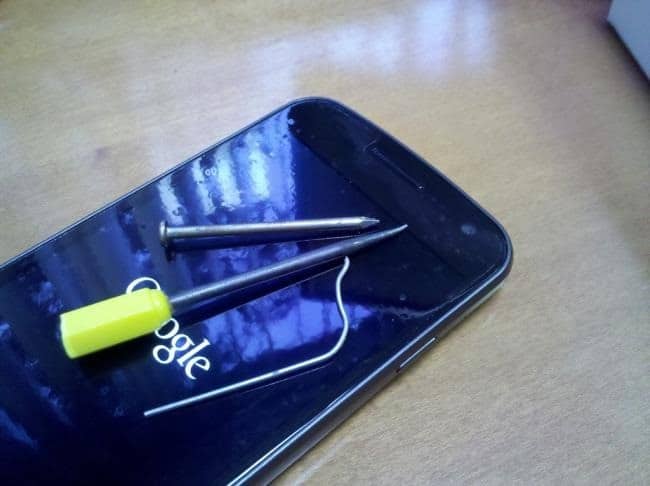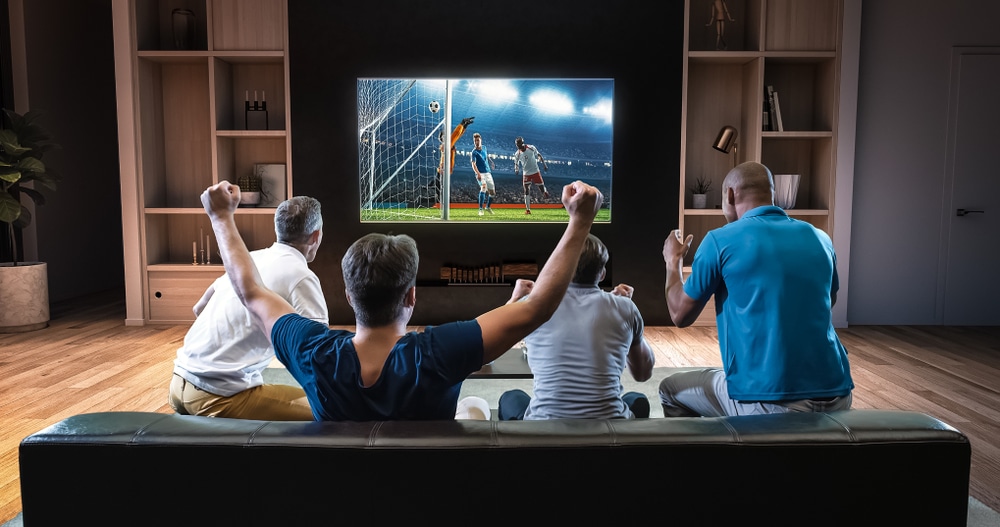
Does Your Smartphone Really Need a Screen Protector?
Does Your Smartphone Really Need a Screen Protector? Smartphones are expensive — you wouldn’t want to spend hundreds of dollars on one and end up with a scratched screen. Many people still buy screen protectors to protect those screens, but they’ve become less necessary.
Screen protectors were once practically mandatory, but advances in glass and coatings have made them unnecessary for most people. You don’t have to buy a screen protector when you get a new phone.
Screen Protectors 101
RELATED: How to Fax a Document From Your Smartphone
A screen protector is a sheet of clear plastic you adhere to your smartphone’s screen. The plastic is cut to fit the exact shape of your device along with holes for buttons and the speaker — that’s why you buy different screen protectors for different devices.
To apply a screen protector, you generally clean your device’s screen with a microfiber cloth, apply a bit of soapy water to the screen protector, and then press it on top of the screen. You need to position the protector properly so it fits, and you also need to ensure the screen protector is applied flat on the screen. You wouldn’t want any unsightly bubbles or cracks appearing under the protector.
You end up with a plastic shield over your device’s screen. If your screen would be scratched, the screen protector will be scratched instead. It’s easier to replace the plastic if it gets scratched than to replace the glass on your device’s screen!
Gorilla Glass Explained
There was a time when screen protectors were a good idea, but modern devices have more advanced screen protection built-in. Most smartphones you’ll buy use Corning’s Gorilla Glass. This is a toughened, hard glass with high scratch resistance. Corning has actually been releasing new versions of Gorilla Glass over the years — Gorilla Glass 3 was introduced in 2013 and Corning boasted it was up to 40% more scratch resistant than Gorilla Glass 2.
Your smartphone’s screen is already fairly scratch resistant — assuming you have a recent smartphone and not one that is five years old.
If you’re already using a screen protector, you may see a scratch or two on your screen protector and think it’s doing a good job. This isn’t necessarily true — materials that would scratch a plastic screen protector won’t necessarily scratch your phone’s glass screen.
Even the keys in your pocket shouldn’t be able to scratch a modern Gorilla Glass display. Gorilla Glass is harder than the metal used in keys, coins, and other common household metal items. Take keys or even a household knife to a modern smartphone’s Gorilla Glass display and you shouldn’t see any scratches — you’ll find plenty of videos of people attempting to scratch their screens with knives on YouTube.
Disadvantages
Screen protectors change the experience of using your smartphone’s touch screen — they may seem softer or more grippy. Placing another sheet of plastic between you and the screen will change how your device’s screen looks, especially if the screen protector discolors over time. A screen protector may pick up unsightly scratches that wouldn’t have actually scratched your smartphone’s screen.
This is all assuming you apply the screen protector properly — if you’re not careful, you may end up with bubbles and cracks under your screen protector and you may have to apply a new one.
So, When Do You Need a Screen Protector?
Some common materials can scratch Gorilla Glass. The biggest culprit is sand — if you go to the beach and end up with some sand in your pocket, that sand can rub against your smartphone’s glass screen and scratch it. Hard rocks work similarly — if you drop your smartphone on the ground and it skids along concrete or rocks, there’s a good chance its display will be scratched (among other damage). Other types of glass, rare metals, and very-hard materials like diamonds can also scratch a Gorilla Glass screen.
So, if you spend a lot of time at the beach, you might want a screen protector anyway.
Screen protectors also boast anti-fingerprint coatings, but modern smartphones have “oleophobic” coatings that repel the oil on your fingers, reducing unsightly fingerprints. Even if you have fingerprints building up, you just need to give the screen a quick wipe — ideally with a microfiber cloth.
Screen protectors aren’t a must-buy item anymore. You can safely use a modern smartphone with a “naked” screen, and — even if you put it in the same pocket with your keys and coins — it should be fine. Of course, you’ll probably want to keep your keys and coins in another pocket — there’s a chance they could scratch some other part of your phone.









Leave a reply